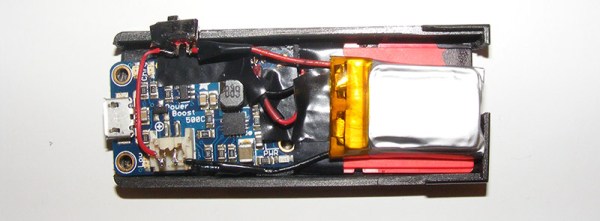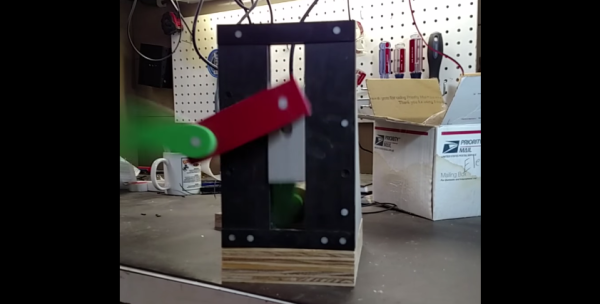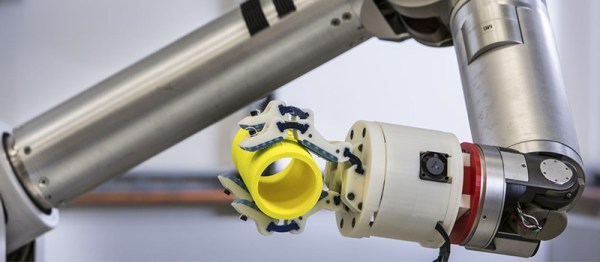It’s a wee bit cold in Finland right now. And while dog sledding is always an option (though mostly for tourists), one gentleman who goes by [Jibjorkl] on YouTube decided to try making his own motorized sleigh — and it’s freaking awesome.
Unfortunately our Finnish language skills aren’t exactly up to snuff so we’ll just have to describe the invention; perhaps one of our Finnish readers could add some insight if we miss anything?
It appears that [Jibjorkl] has taken a hub motor with a wheel from a standard e-bike and mounted on what looks like a store-bought sleigh. The wheel has something which looks kind of like duct tape wrapped around it to help give it extra traction in the snow. There are two lead-acid batteries sitting atop the motor assembly, but we can see an e-bike Li-on pack mounted on the side too (likely 48V 20+aH).
Regardless of how it works — it’ll take two passengers pretty damn fast through the snow. We want to build one asap.
Continue reading “Dogless Dog Sleigh Is Perfect For Your Winter Commute”


















